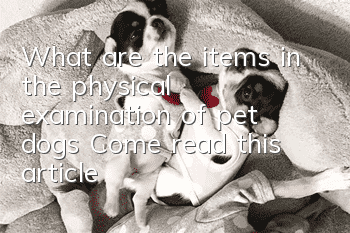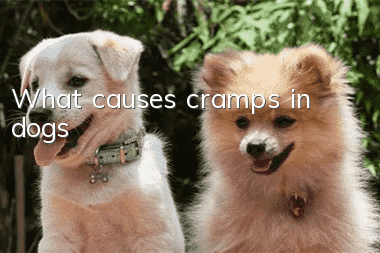Symptoms of canine nocardiosis

Symptoms of canine nocardiosis:
1. The skin type is mostly chronic, and the lesions are mostly under the skin of the limbs and neck. Cellulitis, abscesses, pyogenic granulomas, nodular ulcers, and the formation of multiple fistulas occur at the trauma site, and local lymph nodes are affected.
2. Chest type is mainly characterized by difficulty breathing, increased body temperature, and obvious pain when the chest is compressed.
3. The systemic type is characterized by elevated body temperature, anorexia, weight loss, coughing, difficulty breathing, and twitching of the head, neck, and limbs.
4. Other symptoms include surface lymph node enlargement, liver and spleen enlargement, peritonitis, ascites, nodular lesions of lung tissue, hilar lymph node enlargement, and pleural effusion.
Treatment methods for canine nocardiosis:
1. The treatment principles are surgical curettage, chest drainage, and long-term use of antibiotics and sulfa drugs.
2. Take compound sulfamethoxazole, 30 mg/kg of body weight, orally, twice a day for 6 months.
3. Inject penicillin. For dogs, the initial dose is 100,000-200,000 units/kg of body weight, intramuscularly, once a day, for 6 months.
4. Take ampicillin, 20-30 mg/kg body weight for dogs, orally, 2-3 times a day, for 6 months.
- What to look out for when buying a Scottish Sheepdog
- When dogs get older, pay attention to their diet
- Deciphering how dogs communicate
- What are the common oral diseases in dogs?
- Will the little golden retriever recognize its owner when it grows up?
- Why does a puppy swallow food without chewing it?
- How to prevent kennel cough in dogs?
- Under what circumstances do dogs hurt people?
- What you need to do to maintain your dog’s foot pads
- How to deal with nosebleeds in dogs



